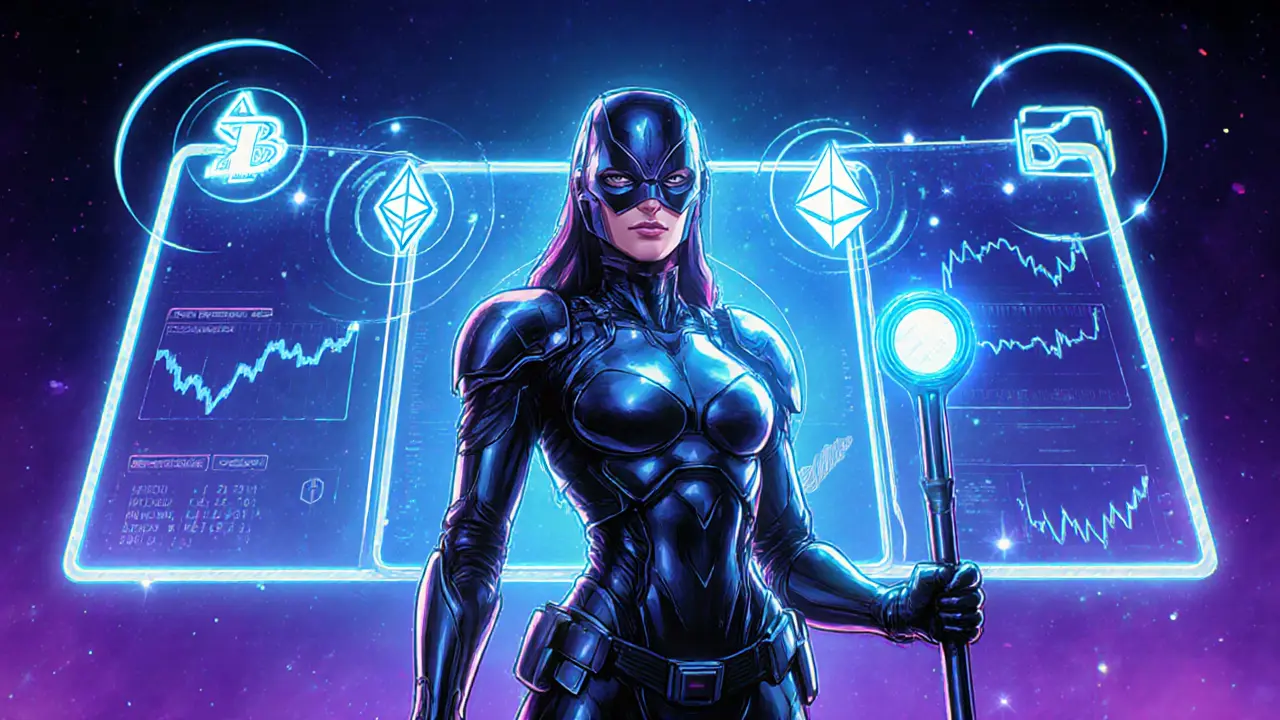When working with decentralized derivatives exchange, a platform that lets traders create, trade, and settle derivative contracts without a central intermediary. Also known as DeX Derivatives, it blends the openness of a decentralized exchange, a peer‑to‑peer marketplace for crypto assets that runs on smart contract code with the financial power of derivatives, contracts such as futures, options, or swaps that derive value from an underlying asset. The whole system hinges on smart contracts, self‑executing code that enforces agreement rules, handles margin, and triggers settlements automatically, and on liquidity pools, collections of funds provided by users that enable instant trade execution and price discovery. Together, these pieces create a trustless environment where anyone can access advanced trading tools without handing over custody to a broker.
The decentralized derivatives exchange ecosystem relies on three pillars. First, the underlying DEX layer supplies the order‑matching engine and token swaps, which means traders can open positions directly against on‑chain liquidity. Second, smart contracts define the derivative product logic – they calculate payoff, enforce collateral ratios, and liquidate positions when needed. Third, liquidity pools back each contract, ensuring there’s enough capital to cover open positions and to absorb price shocks. For example, a futures contract on Bitcoin will pull price data from an oracle, compare it against the contract’s strike price, and automatically settle in the pool’s base token. If the pool’s depth is shallow, slippage spikes; if it’s deep, traders enjoy tighter spreads and lower risk of forced liquidation. This design also allows novel products like tokenized volatility swaps or leveraged token baskets, which traditional exchanges struggle to list.
Understanding these relationships helps you evaluate which platforms suit your strategy. Some DEXs focus on low‑fee swaps, while others, like Helix Markets or PhotonSwap, specialize in synthetic assets and offer built‑in risk controls. Restaking protocols such as EigenLayer can boost the security of the underlying smart contracts, giving extra confidence to users who stake their assets for higher yields. As you browse the articles below, you’ll see real‑world examples of modular blockchain architectures that improve scalability, reviews of emerging DEXs, and deep dives into tokenomics that affect derivative pricing. Armed with this context, you can pick the right tools, avoid common pitfalls, and make smarter trades on any decentralized derivatives exchange.

An in‑depth 2025 review of ADEN crypto exchange covering fees, multi‑chain support, security, liquidity, and step‑by‑step guide for traders.